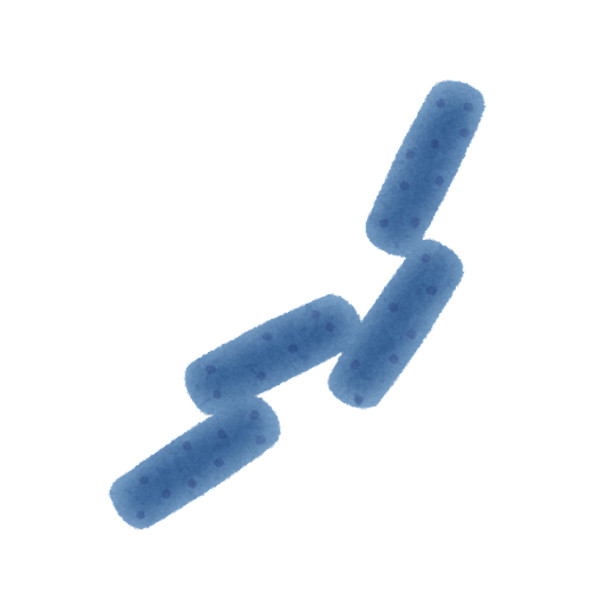|
230060 Methanocaldococcus jannaschii (NBRP, JCM 10045) / Cell (grown in medium No.232, JCM) / Methanocaldococcus jannaschii / Methanocaldococcaceae Methanocaldococcus, Positive mode
|
|
Use
Switch Positive/Negative modes
Click the "Positive" or "Negative" button.
Use of Peak Table
| Sort | Click the table header. |
|---|---|
| Search | Enter keywords in "Search:" field. |
| Show peak details | Click the peak button with the peak number in the left-most cell of the row. |
| Select a peak | Click a row. The row will highlighted in blue |
| Search similar peaks in other samples | Click the "Search similar peaks" button when a peak is selected. |
| The value peak intensity | A value in the "Int. (log)" column shows a log10 transformed peak area that is normalized by the median value of all peaks in the sample. |
| The color of Int. (log) column | Black: the median value (=0), Red: higher than median value, Green: lower than the median value. The strongest color of red or green shows 1000 fold higher or lower than the median value. |
| #Cand | Number of the candidates found in each database. ALL: total number, KG: KEGG, KN: KNApSAcK, HM: HMDB, LM: LIPID MAPS, and FL: the flavonoid database in metabolomics.jp. The ratio of the number of candidates to the total number is represented by the color strength of the label. |
| FS2, FS3 | The values in the FS2 and FS3 columns show scores of FlavonoidSearch examined using MS2 and MS3 spectra, respectively, in the positive mode. The highest value of the hit scores for several candidate of flavonoid aglycones are shown. |
| #Sample shared | The value is the number of the samples which contain similar peaks to the peak in the row. The value would be an index of sample specificity of the peak. The m/z and retention time tolerances given for the search of similar peaks are 20 ppm and 0.5 min, respectively. |
Use of 2D mass chromatogram
| Zoom in/out | Rotate the mouse wheel. |
|---|---|
| Move | Drag the mouse. |
| Zoom full out | Double click the right button of the mouse. |
| Change the image intensity | Press the cursor keys. Up or Left key: decrease the intensity. Down or Right key: increase the intensity. |
| Show peak positions | Click the "Show peak positions" button. The detected peaks are represented by small brown pointers. The selected peak is represented as a large red pointer. |
| Select a peak | Double click on the 2D panel. The nearest peak at the clicked position is selected, and only the selected peak is shown in the peak table. |
| Clear peak selection | Click "Clear selection" button. |
| Peak No. | RT (min) | m/z | Int. (log) | Adduct | DB Search Results | #Cand. | MSn | FS2 | FS3 | #N atom | #S atom | #Sample shared | Align. No. |
|---|
Sample Details
| Common procedures for sample preparation, instrumental analysis, and data processing is available here. | |
| Further details of the methods, such as about negative controls (mock) and order of the analysis, are available at the Metabolonote website. (Under preparation) |
* Image is for illustration purposes, and may differ from the one actually analyzed.

